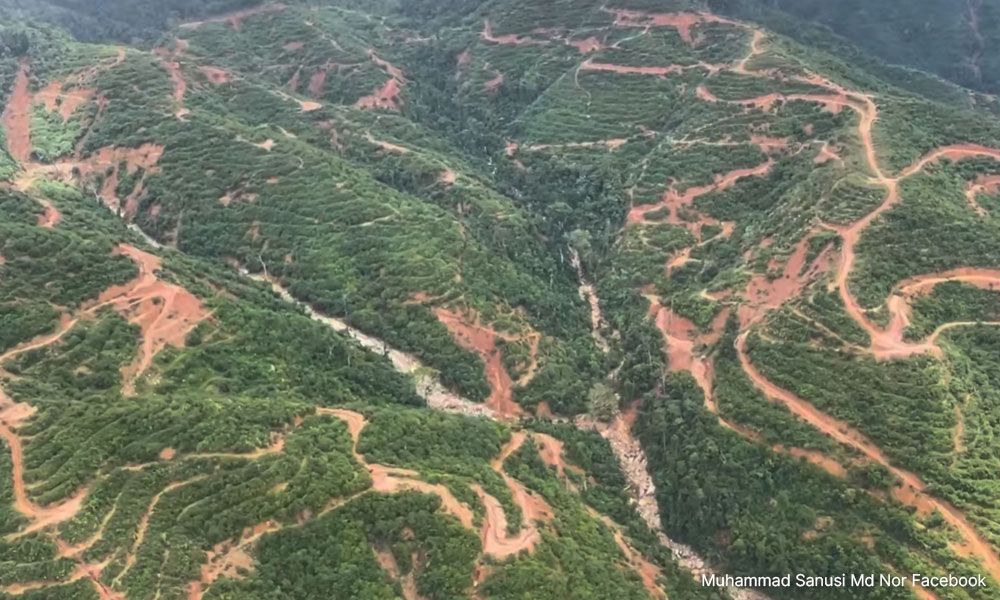LETTER | Bear attacks, foraging elephants, prowling panthers, wandering tigers – many human-animal conflicts have been making headlines lately.
Human-wildlife conflicts have increased significantly as human populations continue to expand, turning forests into agriculture, highways, roads and railways through what were once remote regions, and building homes and communities on lands where animals once roamed freely.
Human-wildlife conflicts escalate as wildlife is squeezed out of its habitat and into a confrontation with human beings. Human-wildlife conflicts pose a serious threat to species that were once abundant but now can find nowhere safe to live.
Such conflicts also threaten individuals and communities – it is the rural people who bear the cost of crop loss, livestock predation, and sometimes personal injury or death.
It is no surprise that animals come into contact with people as we expand into their territory. There should not be any surprise that our most iconic species – tigers and elephants – are placed at risk by human-wildlife conflicts.

For example, wild cats that hunt across wide areas for their sustenance are frequently caught in the human-wildlife conflict. Exacerbated by habitat loss and food scarcity, these cats will sometimes prey on goats or cattle.
Similarly, elephants and other wild herbivores are more likely to come upon rich sources of food in human crops. These endangered species are increasingly likely to be killed by people protecting profits/livelihoods (crops and herds) or in self-defence and could lead to extinction.
Humans are judges, juries, and executioners in human-wildlife conflicts, and wildlife is always the accused.
Conflict is attributed to the growth in human population pushing wildlife out of their natural habitats and habitat loss is one of the most common threats to endangered species.
Yet, human expansion continues. Rimba Watch reports that between 2017 and 2021, Malaysia deforested 349,244ha, with Sarawak and Pahang experiencing the highest rates of deforestation.

The biggest driver of deforestation is timber plantations (41.6 percent) of deforestation, followed by palm oil (15.5 percent). An estimated 2,346,601 additional hectares of forests have been earmarked for deforestation.
Rimba Watch also estimates that this trend will continue so that we will lose an additional 15,636,737ha of forestlands – 47.35 percent of our total land area. This represents a failure of Malaysia’s commitment to maintaining 50 percent of its land as forest cover.
While habitat degradation and destruction are the single greatest threat to species, habitat protection measures are few and limited. Protected areas must be large enough to contain a variety of necessary habitats, including lands outside of core protected areas. For wildlife that wanders, small isolated, fragmented reserves are of limited value.
Also of concern, protected areas face a disheartening array of threats, including poaching, pollution and degradation from local industries, and removal from protective status.
Unwilling to interfere
Current strategies and solutions do not match the scale of the problems faced, and management measures are often piecemeal.
It is clear that state governments are unwilling to interfere with the financial interests of large industries, often reluctant to use their authority to protect wildlife. As a result, wildlife habitat continues to dwindle and wildlife continues to disappear.
Everyone has a role to play in reversing the current trend – the government, local communities (including indigenous people), decision-makers and the private sector.
Human-wildlife conflicts must be managed with the cooperation and united actions of all to develop measures to allow co-existence with the nation’s wildlife.
MOHIDEEN ABDUL KADER is president of Consumers' Association of Penang.
The views expressed here are those of the author/contributor and do not necessarily represent the views of Malaysiakini.

